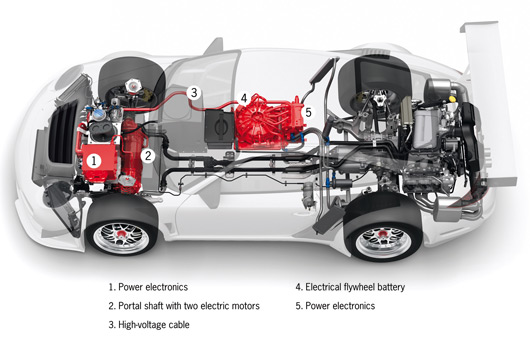Well, until recently even F1 race could be consisted to consist of several 'sprint races'- and I guess a 'quick change' battery systems could be easily developed instead of refuelling. Say, battery pack with quick release mechanism in car's floor that gets dropped when the car is raised for tyre change and new one is wheeled in and installed immediately...
F1 EV's might work with a series of shorter "heat races". Similar to what speedway bike racing uses.
As for the notion of "amazing" advancements in EV battery technology, these advancements should be weighed against those of recip IC engines. In terms of cost, efficiency, reliability, etc. modern recip IC engines are still keeping ahead of their battery-electric competition.




















